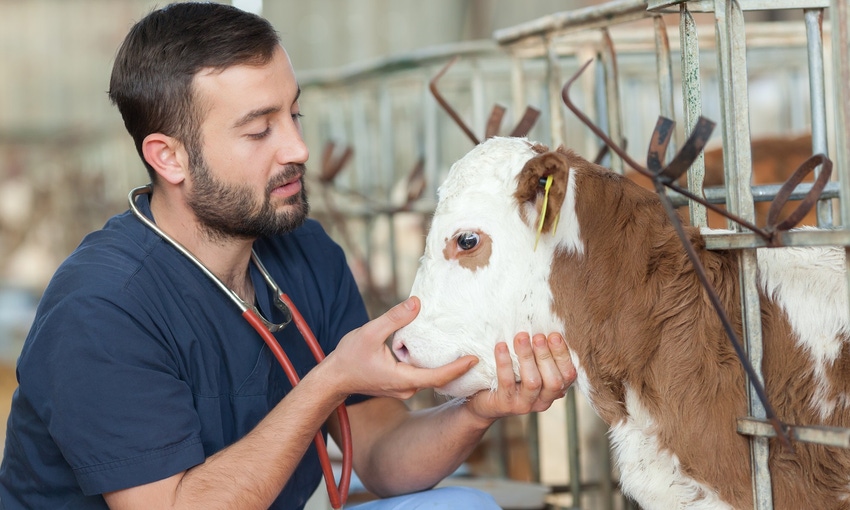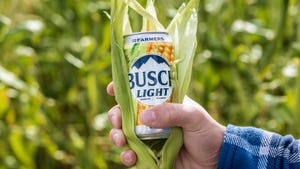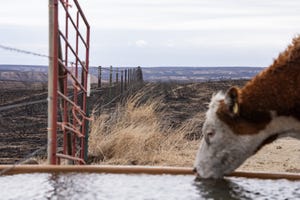Unravelling the food-animal veterinary shortage
New paper from CAST looks for ways to solve the shortage of food-animal veterinarians.

A new paper released today suggests a lengthy list of ideas for solving the complex shortage of food-animal veterinarians in the U.S.
The paper, Impact of Recruitment and Retention of Food Animal Veterinarians on the U.S. Food Supply, is researched and published by the Council for Agricultural Science and Technology (CAST). It is available to download for free on the CAST website.
The authors of this paper say this is an extremely complex issue, and it involves social factors as well as economic ones. One of the top social challenges is student income-to-debt ratio, which is considerably high for food-animal veterinarians (FAVs).
They say many veterinarians also cite the lack of support in rural agricultural communities among the barriers that curb them from this type of work. For example, veterinarians with spouses tend to search for communities that are capable of providing a career for their spouses.
Just a few of the possible recommendations from the CAST paper’s authors are these ideas:
Develop specific educational opportunities for high school, pre-veterinary and veterinary programs. Within that are a subset that could include educating students on proper handling of large animals to overcome concerns about physical aspects of FAV careers; targeting students from rural backgrounds with experience in food production, or dedicated admissions programs for interested students.
In the realm of student debt reduction, the authors suggest scholarships, federal- and state-sponsored programs, financial literacy education, employer-based programs, or other ways to curtail the rise in tuition.
The authors suggest community involvement in fostering local students to veterinary studies and practice. They say it might be possible to identify potential FAVs from a community and provide resources and support, and to foster connections between different medical professionals.
Regarding socially difficult aspects of rural practice, the authors suggest looking for creative solutions to long hours and emergency duty, increasing use of technology to reduce these burdens, and developing sound business and human resource practices, including mentorship and family-leave policies.
To download and read the complete text of this CAST issue paper, go to https://www.cast-science.org/publication/impact-of-recruitment-and-retention-of-food-animal-veterinarians-on-the-u-s-food-supply/
A free webinar is set at noon CDST April 7. More information about the webinar can be found here.
About the Author(s)
You May Also Like

.png?width=300&auto=webp&quality=80&disable=upscale)

